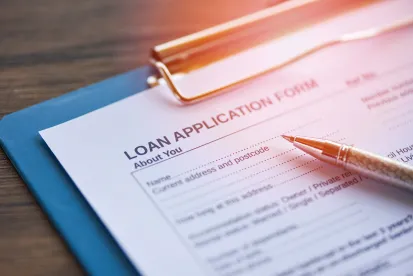On Wednesday, May 13, 2020, the U.S. Treasury and Small Business Administration released the much anticipated additional guidance on how to evaluate a Paycheck Protection Program borrower’s good faith certification that “[c]urrent economic uncertainty makes this loan request necessary to support the ongoing operations of the Applicant.” The guidance, contained in FAQ#46, found here, continues to draw a bright line between borrowers above and below $2 million of initial principal balance.
For borrowers below $2 million threshold, the SBA will assume that their necessity certification was made in good faith. This should be great news for all borrowers below $2 million in initial principal balance, especially those who have struggled with their individual facts or circumstances regarding their need for the PPP loan. This safe harbor applies only to the necessity certification, however. Borrowers who have other concerns about their application (for example, regarding eligibility for the PPP or factual errors in the application itself) should consider taking corrective action, up to and including repaying the loan in full before the May 14 safe harbor deadline under FAQ #43. In any event, we do not think that borrowers under the $2 million threshold have been given a green light to act in bad faith regarding their certification or any other aspect of the PPP.
For borrowers at or above the $2 million threshold, however, the SBA will judge whether they had “an adequate basis for making the required good-faith certification, based on their individual circumstances in light of the language of the certification and SBA guidance.” This seems to keep open the SBA’s option to second guess a borrower, even if the record can show the borrower acted in good faith. The penalty, if the SBA disagrees with a borrower’s basis for its certification, is denial of forgiveness and mandatory repayment of the entire PPP loan. This should give borrowers who are uncertain about their individual facts and circumstances some comfort that the full weight of the government’s available remedies will not be brought if they are deemed to have made the wrong decision in a grey area. A borrower at or above the $2 million threshold who is uncomfortable with their necessity certification in light of all available guidance should consider whether to avail themselves of the May 14th safe harbor to return the PPP loan in full.
The SBA clarifies that if it second-guesses a good faith certification, it will not affect the SBA guarantee in favor of the bank who made the PPP loan. This is consistent with the SBA generally having no recourse against the banks for problems with individual applications where the bank relied in good faith on the information supplied by the PPP applicant.





 />i
/>i

